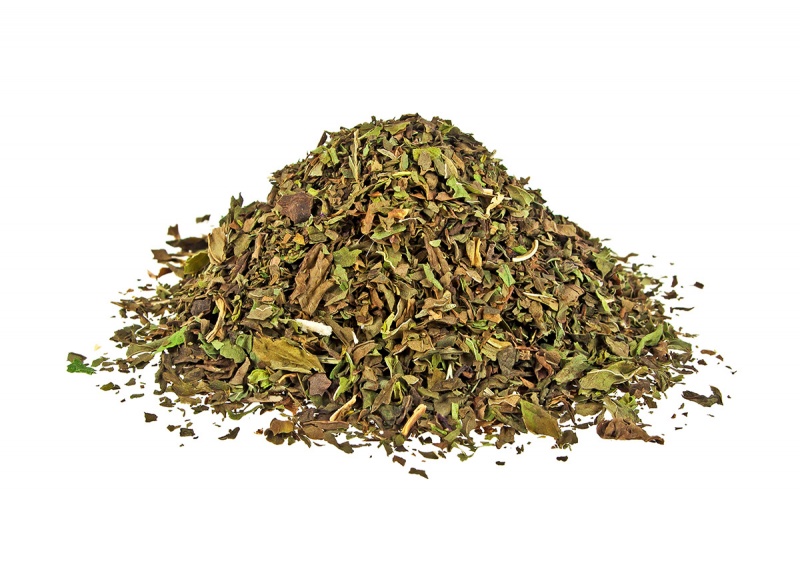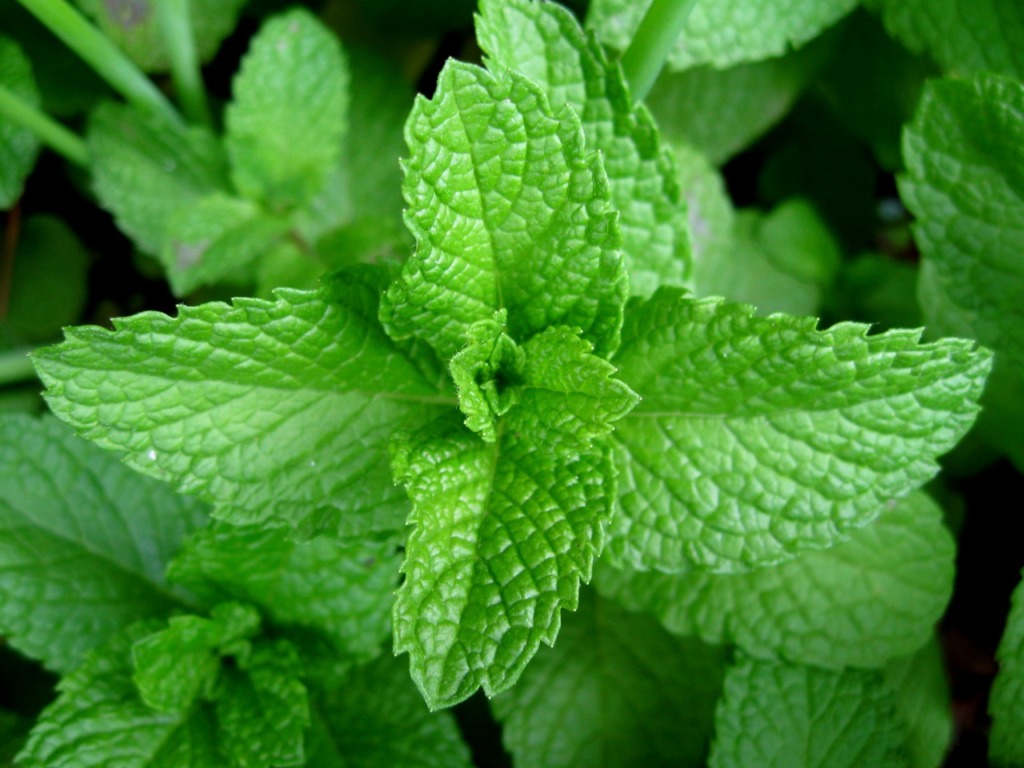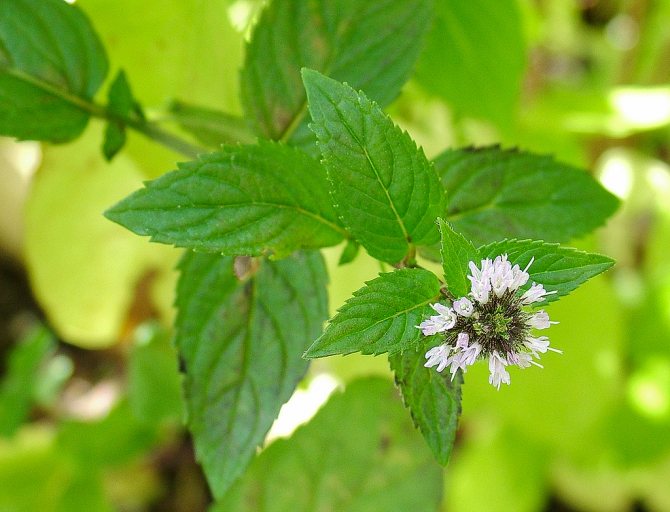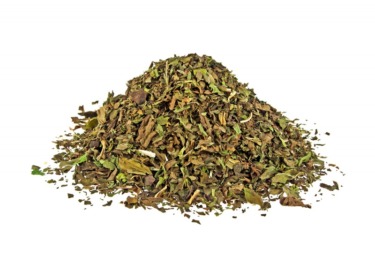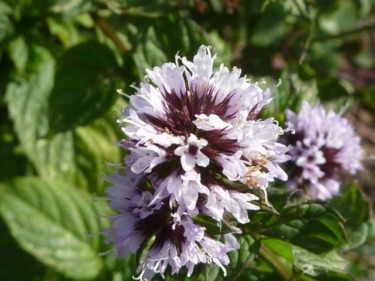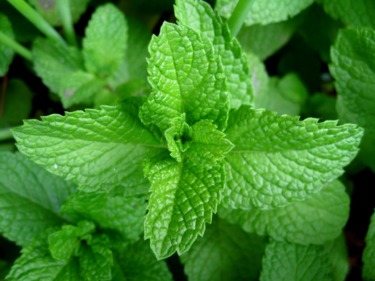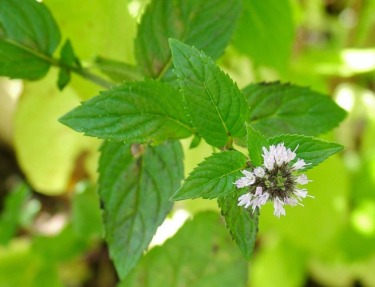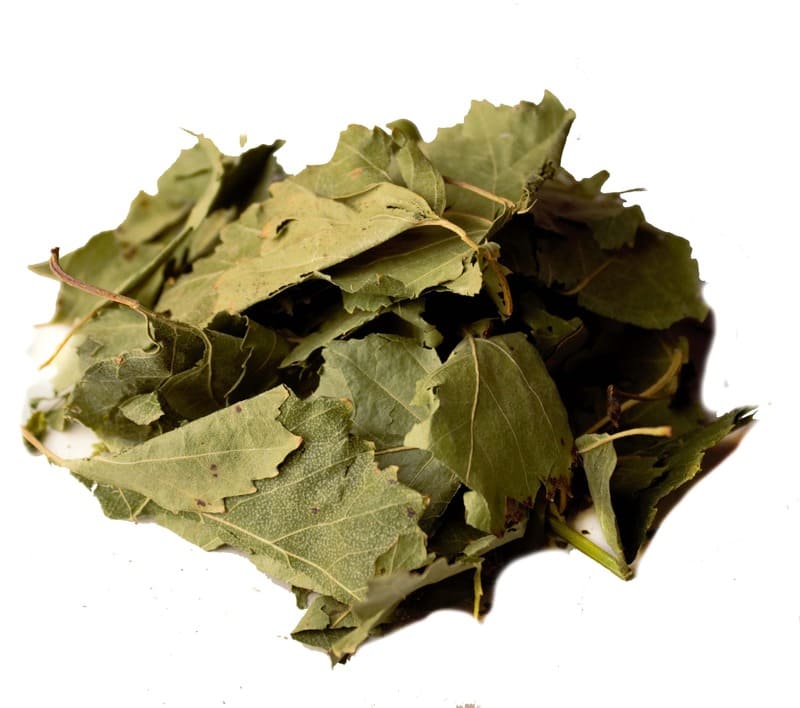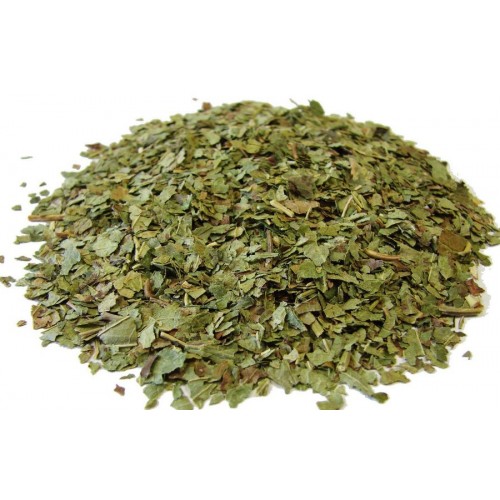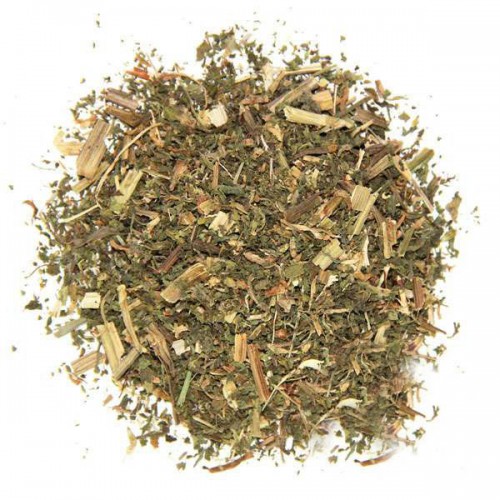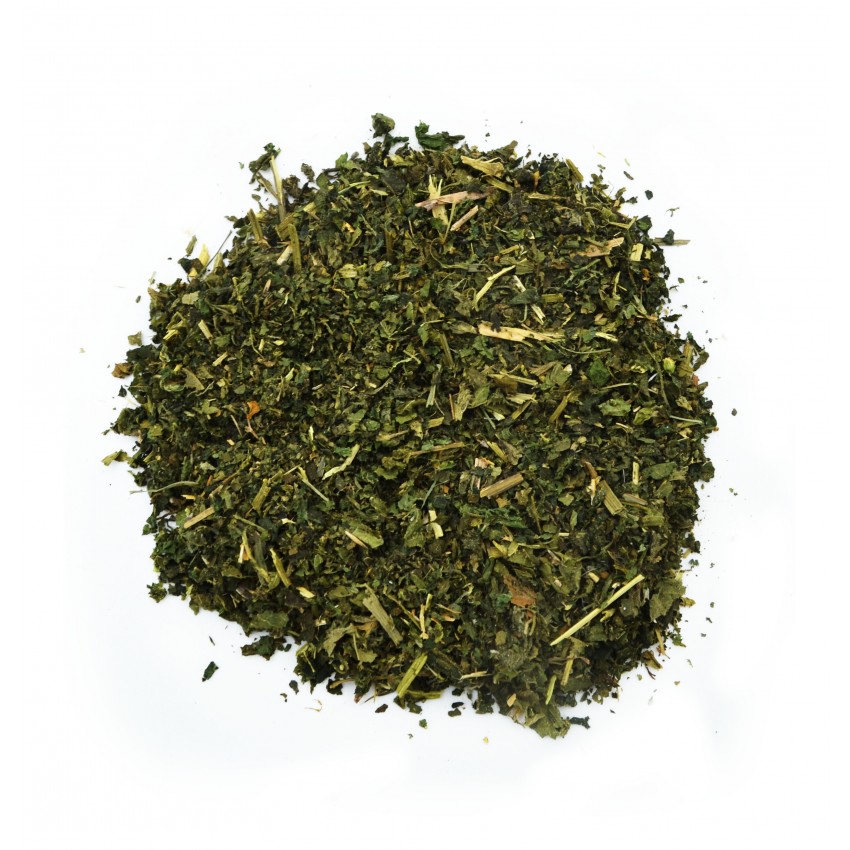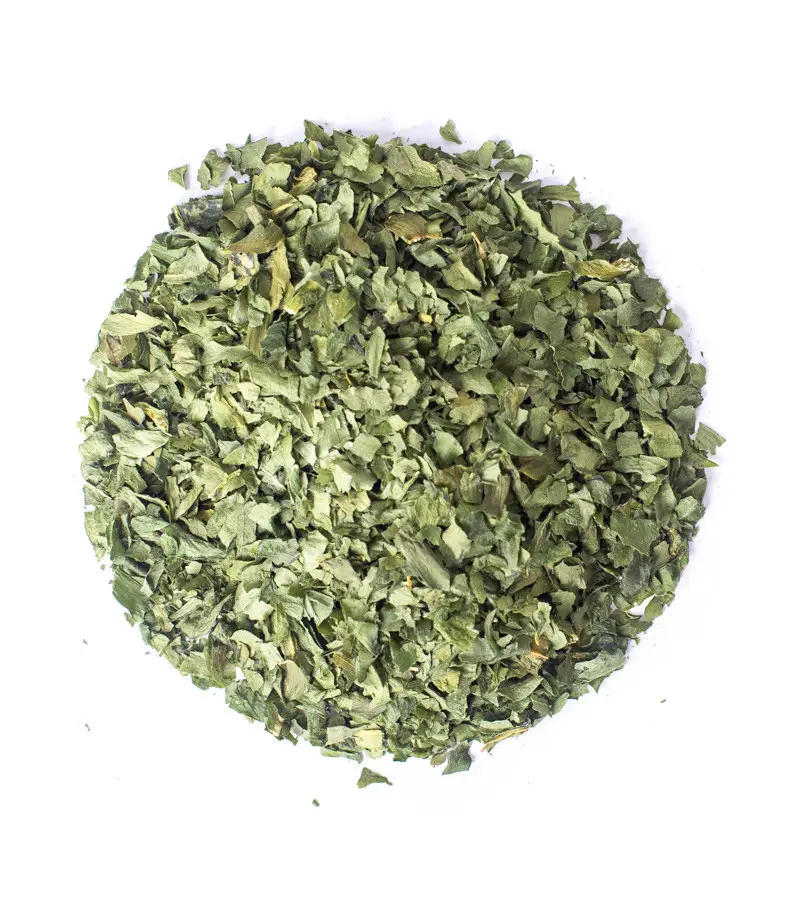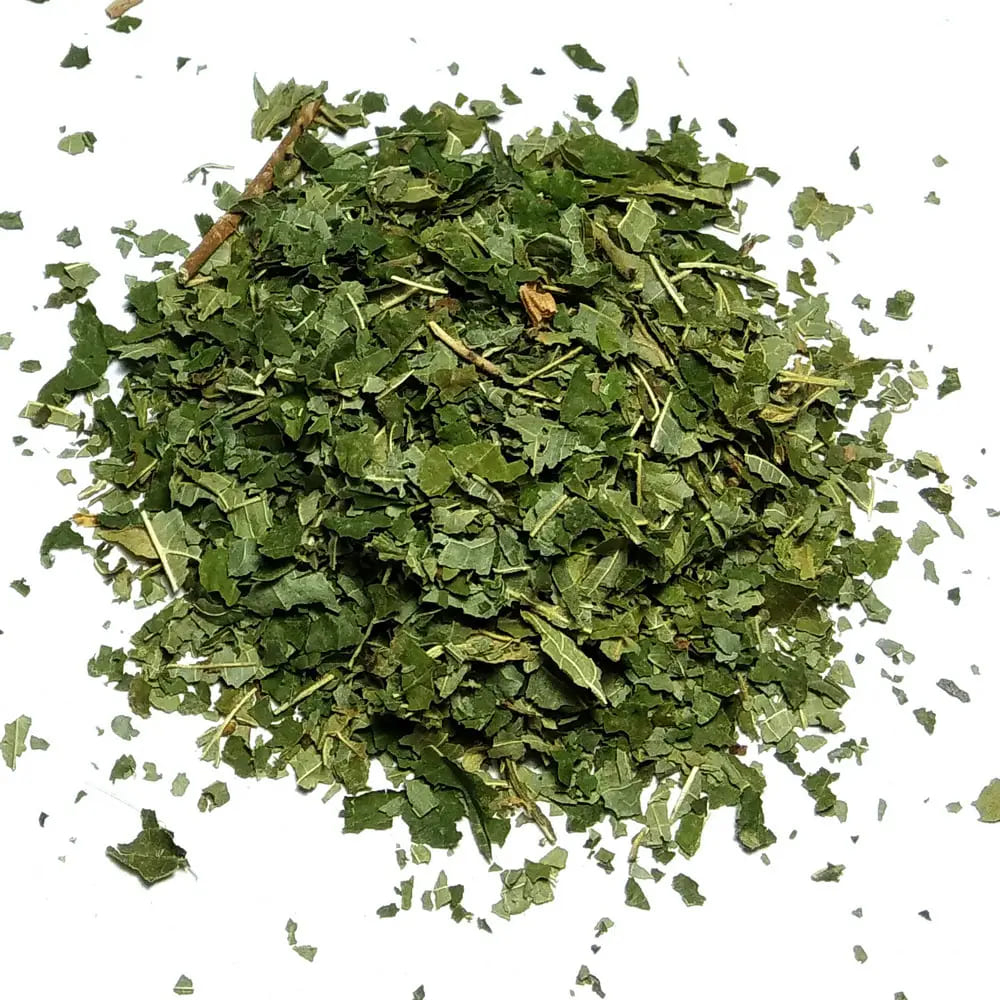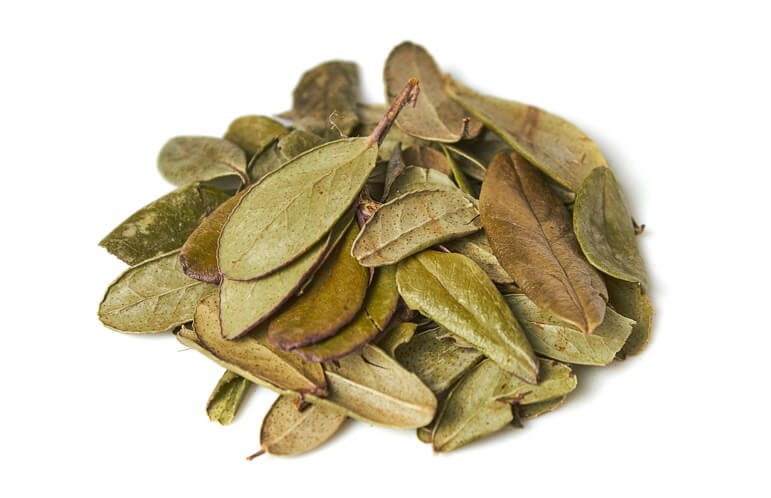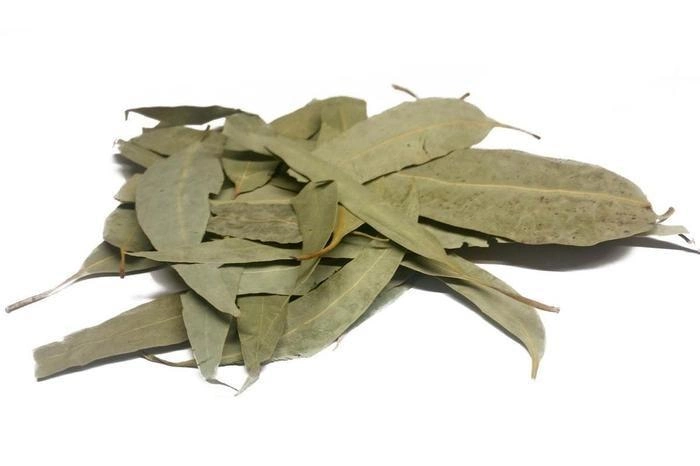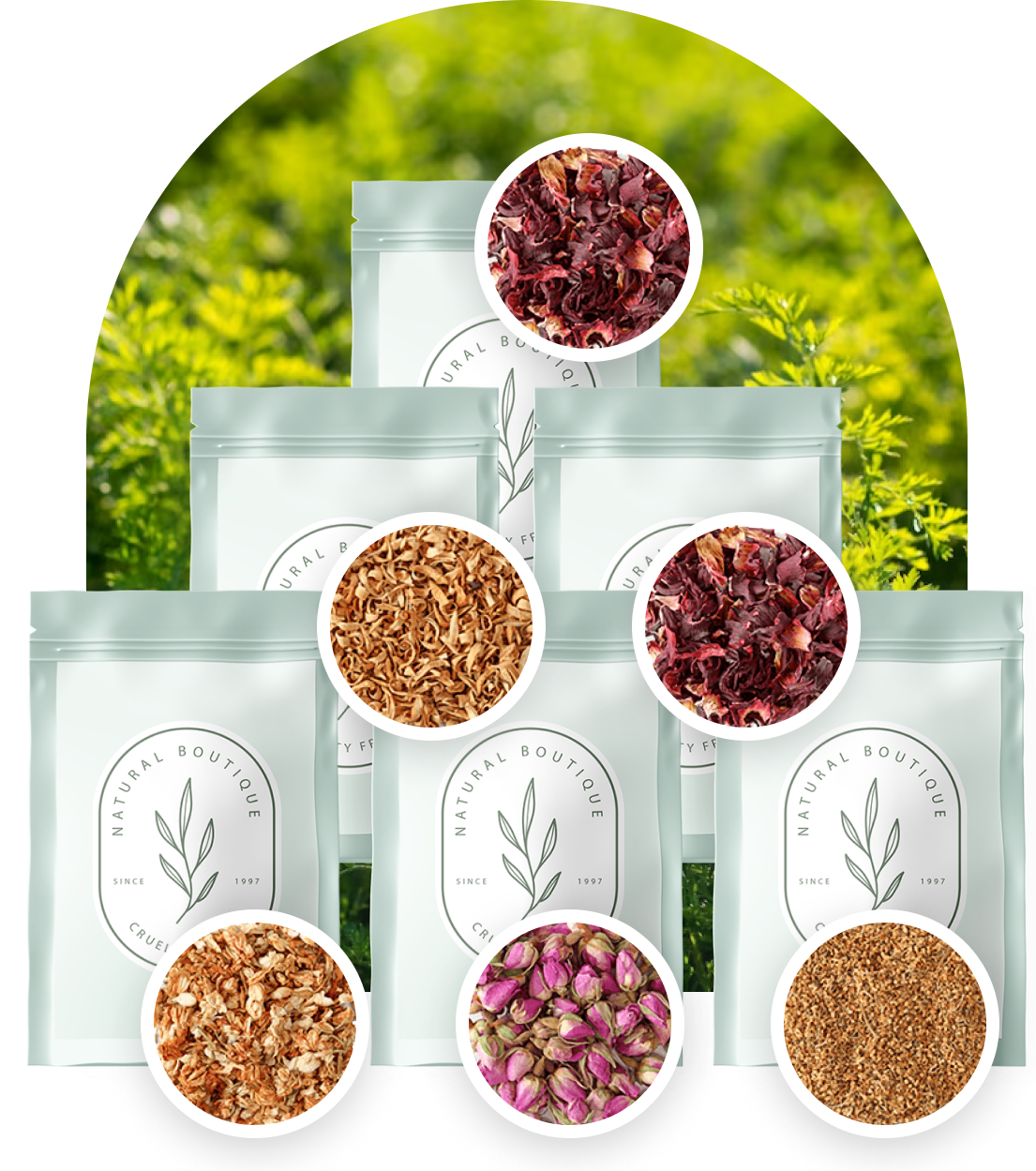Peppermint leaves have a number of beneficial properties, such as antispasmodic, anti-inflammatory, antimicrobial, soothing, analgesic, diaphoretic, antishock, healing, diuretic, tonic, deodorizing, expectorant, refreshing and choleretic effects.
It promotes vasodilation of the brain and heart vessels, improves appetite and salivation, increases secretion of the gastric and hepatic glands, and has a digestive effect. Peppermint leaves are a part of various preparations, such as carminative, choleretic, stomachic, diaphoretic and sedative. It is recommended to use peppermint tincture externally for rubbing in case of headache, migraine, skin inflammation and itching.
Decoctions and infusions of this plant are also used externally in the form of baths and compresses to relieve nervous tension, neuralgic pain, insomnia, sinusitis, adnexitis, and chronic rhinitis.
Rinsing with infusions is used for inflammatory diseases of the oral cavity, such as gingivitis and stomatitis, as well as for bronchitis, bronchiectasis and toothache.
The infusions have antiseptic, analgesic and bronchodilator effects. In traditional medicine, fresh juice from peppermint leaves is used to treat diseases of the urinary and biliary systems, colitis, dysentery, and painful menstruation. Peppermint juice is also used for animal bites, as well as for snake and scorpion bites.
